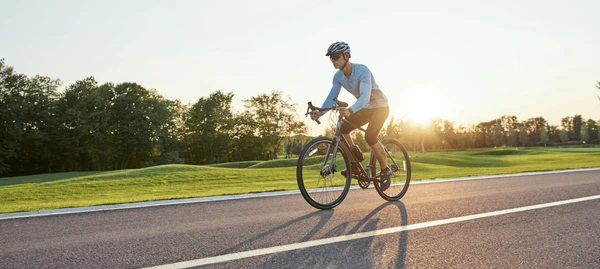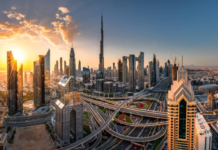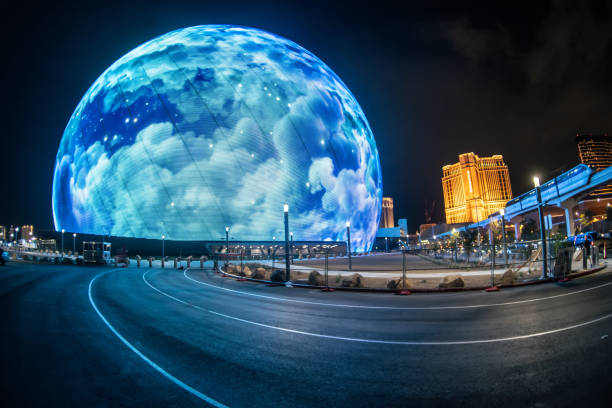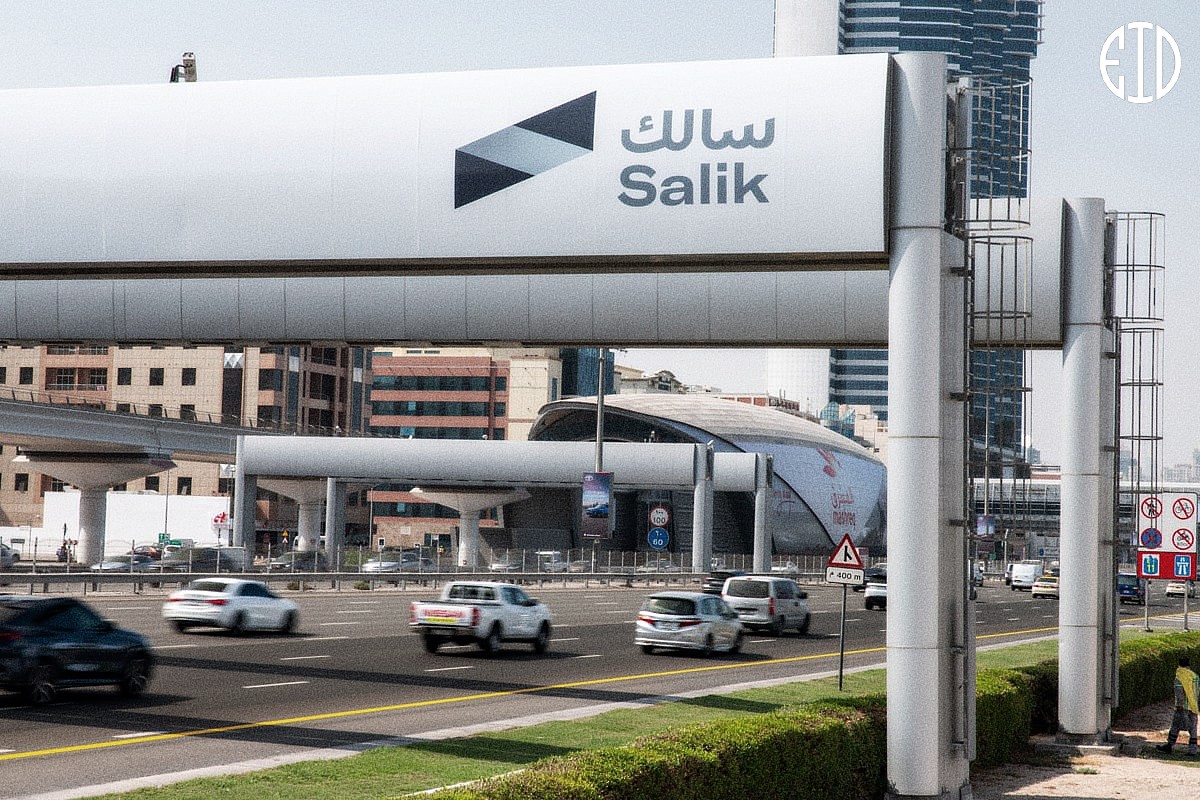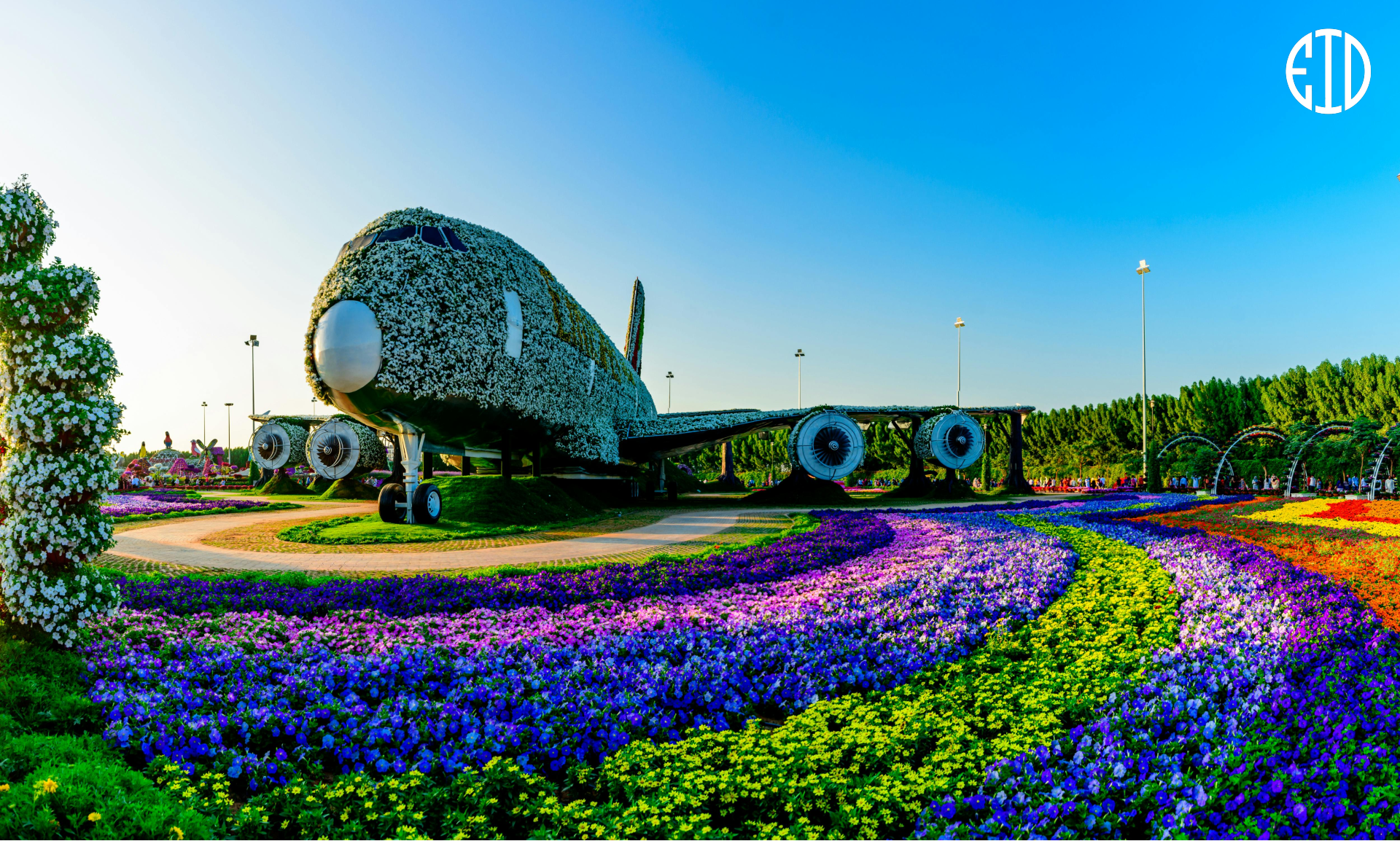In its ongoing quest to transform Dubai into a bicycle-friendly city, the Roads and Transport Authority (RTA) is set to construct a new track tailored for bicycles, scooters, and pedestrians. Notably, this exciting development will link Al Sufouh to Dubai Hills via Hessa Street, featuring two bridges that cross Sheikh Zayed Road and Al Khail Road.
Track Details and Design
To begin with, the multi-use track will measure 13.5 km in length and 4.5 meters in width. Specifically, it will have a 2.5-meter-wide track for cyclists and scooter riders and a 2-meter-wide track for pedestrians. Moreover, serving 12 diverse residential, commercial, and educational areas, the track will enhance connectivity to vibrant neighborhoods like Al Barsha and Al Barsha Heights.
Furthermore, Mattar Al Tayer, Director General and Chairman of the Board of Executive Directors of RTA, shared, “This track for cyclists, scooter riders, and pedestrians is part of the Hessa Street Improvement Project. The track is designed to improve connectivity for first and last-mile trips, linking with the Dubai Internet City Metro Station and other hotspots in the vicinity. The capacity of the track is estimated at 5,200 users per hour.”
Hessa Street Improvement Project
The Hessa Street Improvement Project spans 4.5 km between Sheikh Zayed Road and Al Khail Road intersections. In addition, this initiative includes upgrades to four major intersections along Hessa Street: Sheikh Zayed Road, First Al Khail Street, Al Asayel Street, and Al Khail Road. Consequently, the expansion will double Hessa Street’s capacity, widening it from two to four lanes in each direction, increasing its capacity to 16,000 vehicles per hour.
Multi-Use Track Bridges
Additionally, the new track will feature two uniquely designed bridges. The first spans 528 meters over Sheikh Zayed Road, and the second stretches 501 meters over Al Khail Road. Each bridge is 5 meters wide, with 3 meters designated for bicycles and e-scooters and 2 meters for pedestrians.
Moreover, the engineering design of these bridges is inspired by the surrounding environments. For instance, the bridge crossing Sheikh Zayed Road embodies themes of connectivity with overlapping lines, enhancing visibility and offering improved views of the surrounding area. Meanwhile, the bridge over Al Khail Road features a design that replicates the path of the sunlight, creating smooth lines and offering a tranquil escape from street noise for pedestrians and cyclists.
Cycling Tracks Master Plan
Simultaneously, the cycling track connecting Al Sufouh and Dubai Hills is a key component of the Dubai cycling tracks master plan. This ambitious plan aims to increase the overall length of Dubai’s cycling tracks from the current 544 km to 1,000 km by 2030. Eventually, the expansion will connect coastal areas like Jumeirah, Al Sufouh, and Marina to external tracks at Al Qudra, Seih Al Salam, and Nad Al Sheba via Al Barsha, Dubai Hills, and Nad Al Sheba.
Hessa Street Improvement Project Impact
In the same vein, the Hessa Street Improvement Project is one of the key road infrastructure projects catering to several key residential and developmental communities such as Al Sufouh 2, Al Barsha, and Jumeirah Village Circle. By 2030, this project is anticipated to serve over 640,000 residents. As a result, it will double the capacity of Hessa Street from 8,000 vehicles per hour to 16,000 vehicles per hour in both directions.
Four Major Intersections
The project includes the improvement of four main intersections on Hessa Street:
- Sheikh Zayed Road Intersection: Construction of a two-lane directional ramp that crosses over the Dubai Metro Red Line to serve eastbound traffic from Sheikh Zayed Road to Hessa Street towards Emirates Road.
- First Al Khail Street Intersection: Widening the existing bridge from three to four lanes in each direction and improving the signalized surface intersection.
- Al Asayel Street Intersection: Increasing the number of lanes of the existing bridge from two to four lanes in each direction along Hessa Street, along with traffic improvements to the signalized surface intersection.
- Al Khail Road Intersection: Construction of a two-lane directional ramp to serve northbound traffic from Hessa Street to Al Khail Road towards Sharjah.
Consequently, Dubai’s initiative to expand the city’s cycling infrastructure not only promotes a healthier lifestyle but also contributes to reducing traffic congestion and enhancing the quality of life for residents. Ultimately, the new multi-use track is a significant step towards achieving these goals, providing a sustainable and efficient alternative mode of transportation for the city’s growing population.


